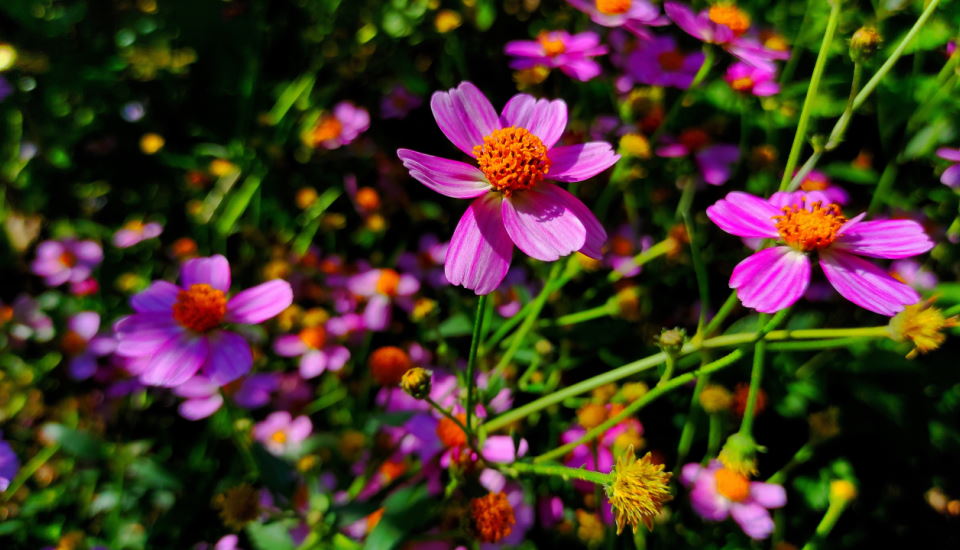Pink Tickseed (Coreopsis Rosea): How to Grow & Care
If you are looking for flowers with long-lasting summer colors, Pink Tickseed, also known as Coreopsis Rosea, could be the right choice for you. It is quite easy to learn to grow them; once they are established, caring for them will not be much of a hassle. You’ll adore the sunny blooms of coreopsis throughout the gardening season once you’ve learned how to take care of them.
Coreopsis Rosea blooms are available in various heights and can be annual or perennial. The blossoms of coreopsis rosea, a member of the Asteraceae family, are similar to those of the daisy.
How to Plant and Grow Pink Tickseed (Coreopsis Rosea)?
It is quite easy to take care of Pink Tickseed, so you do not have to be an expert gardener to have them in your garden. Simply sow a prepared patch of unamended soil in full sun in the spring. Then, to ensure that Coreopsis Rosea seeds germinate, lightly cover them with soil or perlite or press them into damp soil.
Keep Coreopsis Rosea seeds moist until they germinate, which takes around 21 days. Misting coreopsis seeds for moisture is one way to care for them. Planting Coreopsis Rosea in a row will result in an abundance of growing coreopsis. From spring to mid-summer, Pink Tickseed can also be started from cuttings.
Plants that grow tall and need staking or support cages should be planned for ahead of time. Before the foliage gets bushy, it’s preferable to put cages early in the spring or during planting time. Provide a trellis, fence, wall, or other structure for vining plants to grow freely and spread. To make the garden look clean, prevent weeds, and keep soil moisture, finish with a 2″ layer of mulch such as shredded bark or compost.
How to Care for Pink Tickseed?

Once the blooms of the pink tickseed have bloomed, it is easy to care for. Deadheading wasted blooms on the growing plant often will result in more blooming. Late in the summer, prune back the growing plant by one-third to ensure a continuous display of blossoms.
According to the flowering habit, snip off the faded blossoms one at a time or wait until the blooming period is complete before removing the entire flower stalk down to the plant’s base. The plant’s energy focuses on robust growth rather than seed production when old bloom stems are removed. Foliage can be trimmed during the season to remove broken or discolored leaves or keep the plant from getting too big.
Conclusion
Pink Tickseed is a good option if you are looking for long-lasting colors in your garden for a longer period of time. In addition to its beautiful color, it is easy to take care of it. So, if you are new to gardening and looking for an easy flower to grow or if you do not have time to care for complicated flowers but still want some color in your garden, this flower is the right one for you.

